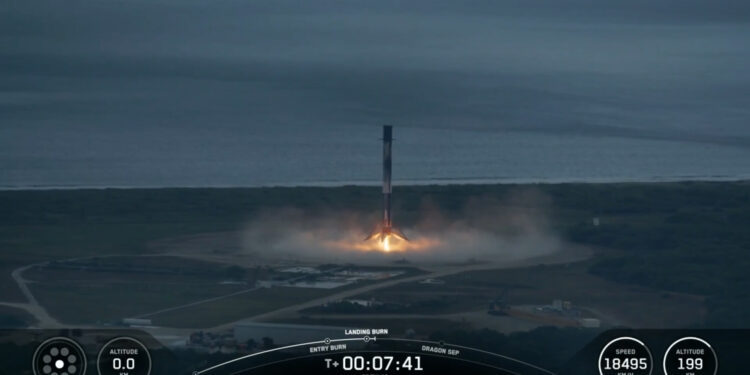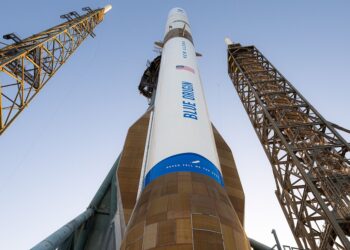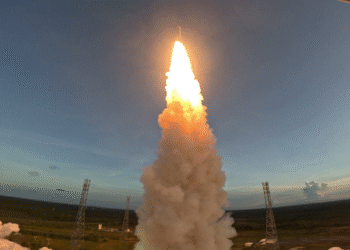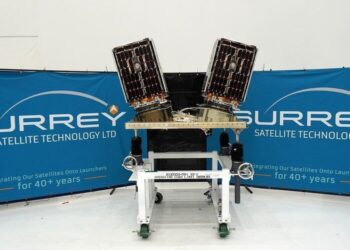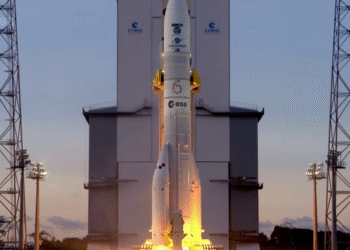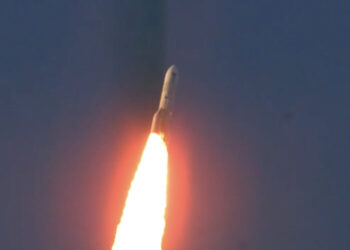SpaceX achieved another milestone with the successful landing of its Falcon 9 first stage at Cape Canaveral. This marks a significant achievement in the realm of reusable rocket technology, continuing SpaceX’s tradition of innovation and cost-effectiveness in space travel. The precision landing was executed flawlessly, showcasing advancements in autonomous rocket technology.
The process involved a series of carefully calculated maneuvers starting from the initial burn to slow down the rocket, followed by the boostback and entry burns, and culminating in the final landing burn which ensures a safe touchdown on the landing pad. The achievement is a testament to the robustness of SpaceX’s design and the dedication of its team.
Significance of the Landing
The successful landing represents a crucial step towards reducing space travel costs by reusing rockets. This was only possible through advanced engineering efforts and rigorous testing. By perfecting the ability to recover and reuse the Falcon 9 first stage, SpaceX continues to pave the way for future missions, including more ambitious plans to explore the Moon and Mars.
Technical Highlights
The Falcon 9’s landing was aided by several key technologies and practices:
- Enhanced navigation systems for precise landing
- Innovative thermal protection for re-entry
- Custom engines designed for multiple uses
The ability to achieve such a landing is due to years of research and development, setting a new benchmark in the industry.
To learn more about this achievement, visit the NASA Blog.


